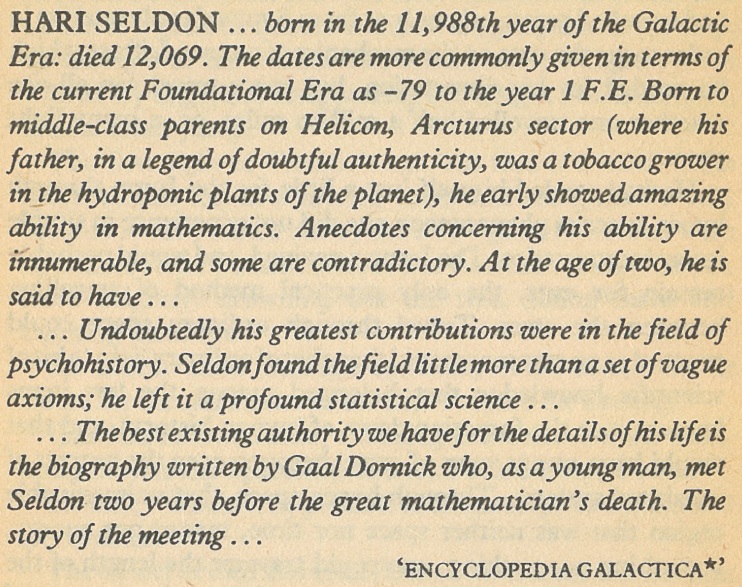In graduate school, I belonged to the epidemiology department, and the themes of professors were different: the professor was on air pollution epidemiology, the assistant professor was on nutritional epidemiology, and the lecturer was on radiation protection. Since my investigator was the professor, I joined air pollution studies. At that time, there was no biostatistician in the department, but a part-time lecturer was in charge of undergraduate lectures and practical training for statistics. His specialty was multivariate analysis. He had published a book, “Science that Challenges Complexity – Introduction to Multivariate Analysis” from Kodansha Blue Backs Series. Thanks to my encounter to psychohistory, I had a good impression of statistics, and, thanks to my statistics teacher, he was a part-time lecturer but came to the epidemiology department every day, my theme gradually shifted from air pollution to biostatistics.
After finishing graduate school, I was doing research on epidemiologic methods (yes, cohort studies and case-control studies), and, at the same time, Rothman’s Modern Epidemiology (now in its 4th edition) was published, and the movement to establish epidemiology as a systematic discipline began. Around the same time, research on causal inference began not only in epidemiology but also in multiple fields, and is currently undergoing dramatic development. You may have heard terms such as propensity scores and/or causal graphs.
I am a researcher of causal inference, but it’s hard to understand. In order to discuss causal relationships such as, “Is the cold medicine ‘Yoknaar’ really effective against colds?”, the situation that “I had a cold and took Yoknaar today, and after a week my cold got completely better” is insufficient. Instead, we have to consider the situation that we never observe: the counterfactual situation that “If I didn’t take Yoknaar today, would my cold get better in a week?” Such thinking is difficult for people to understand, and people criticized it as “What’s the point of something that can’t be observed?” Fortunately, I am familiar with science fiction thinking, so I am able to easily counter the counterfactual situation. It really made me realize that “I don’t know what would be useful in the real world.”

Isaac Asimov. Foundation. Grafton Books, London, 1960.
Hari Seldon From Encyclopedia Galactica
